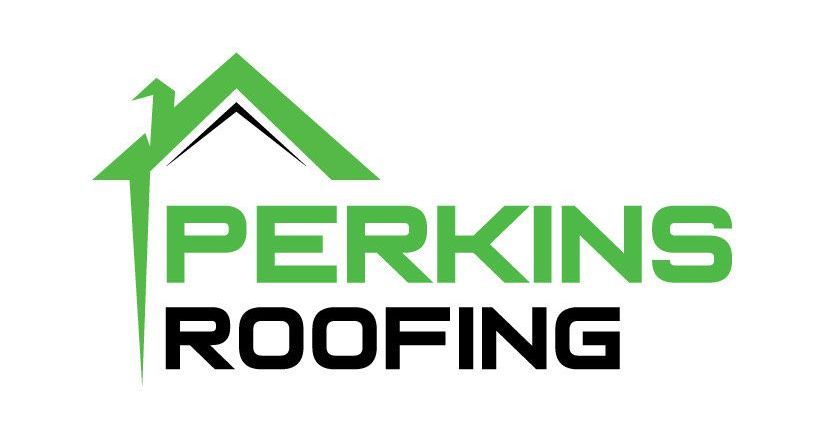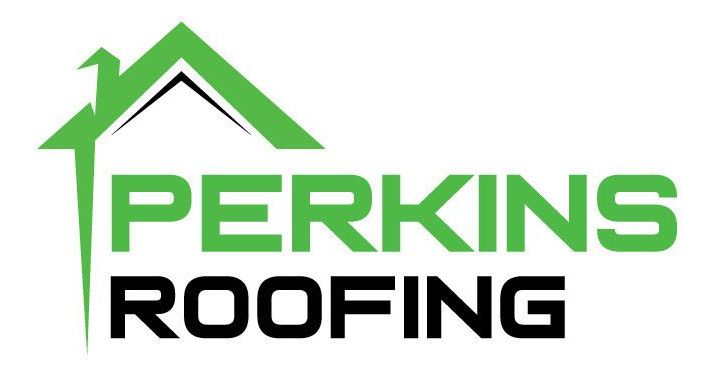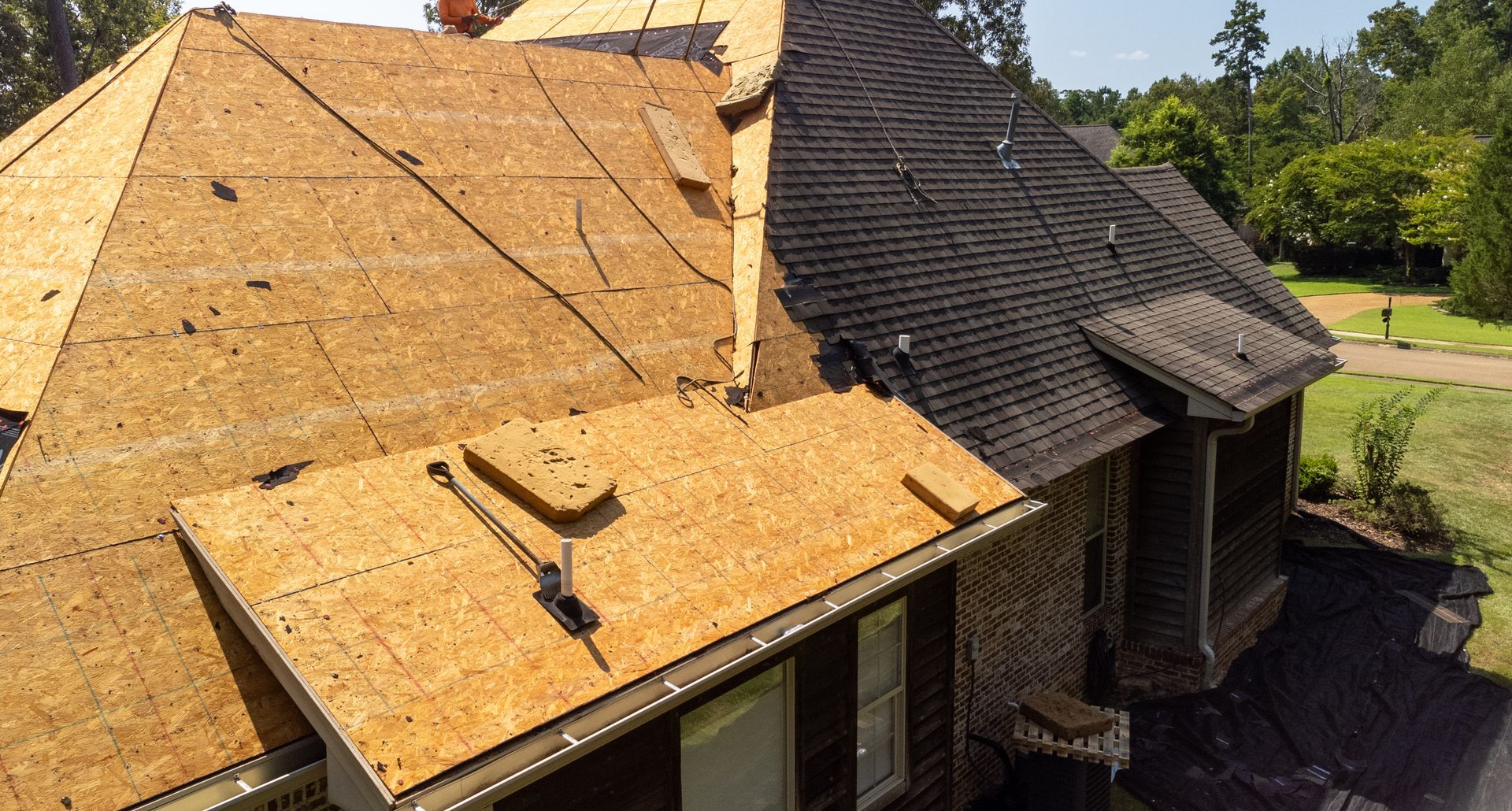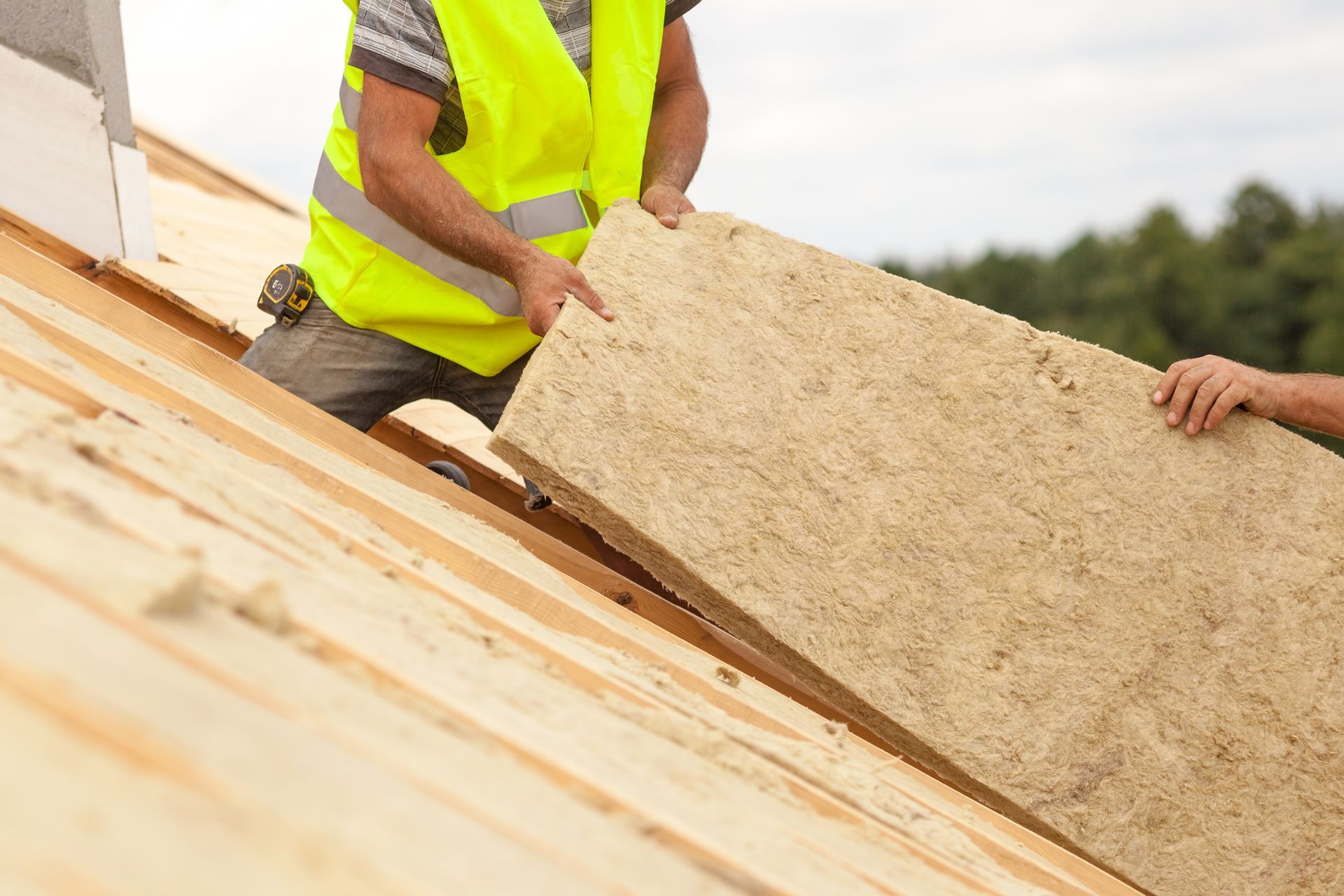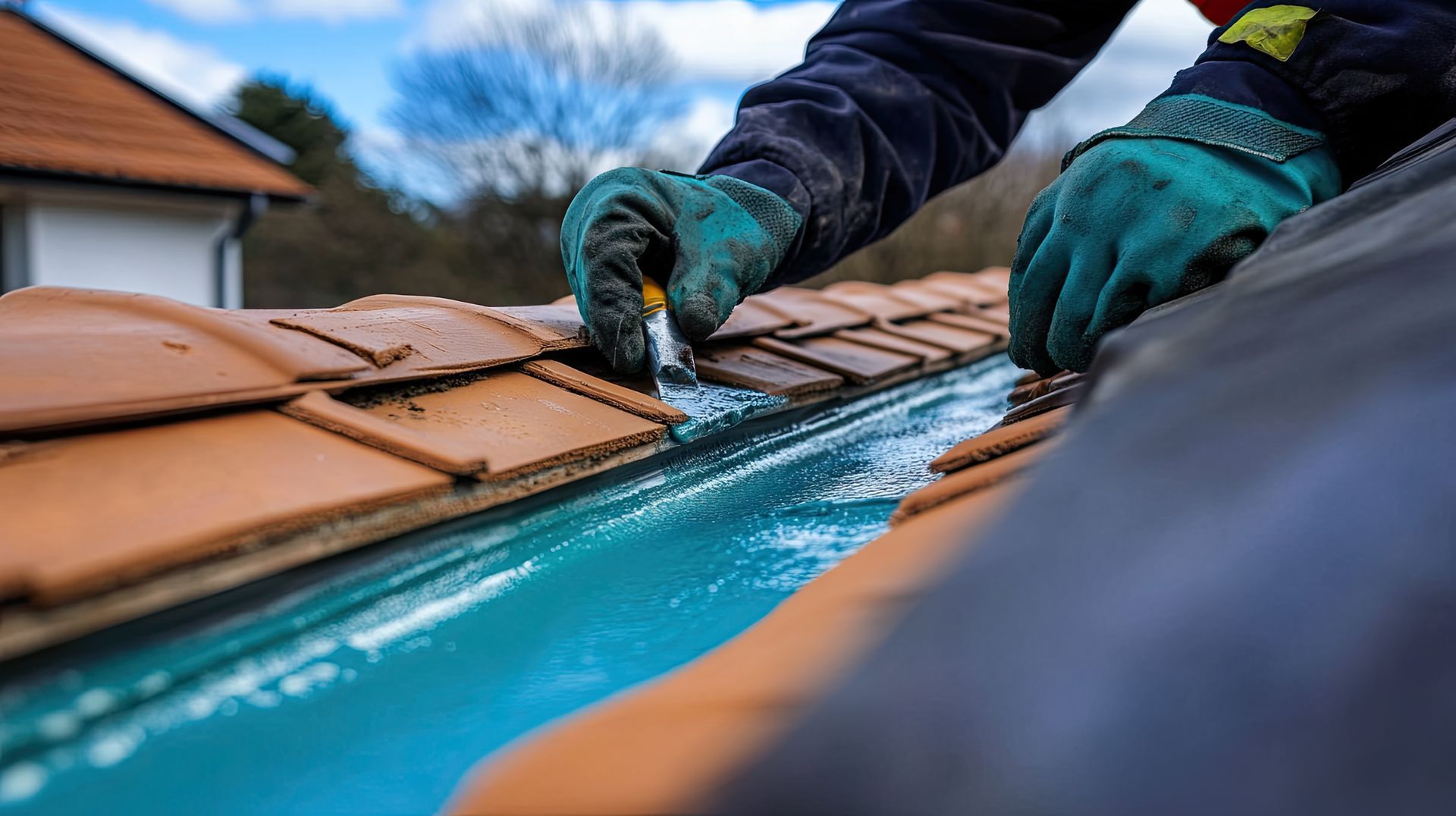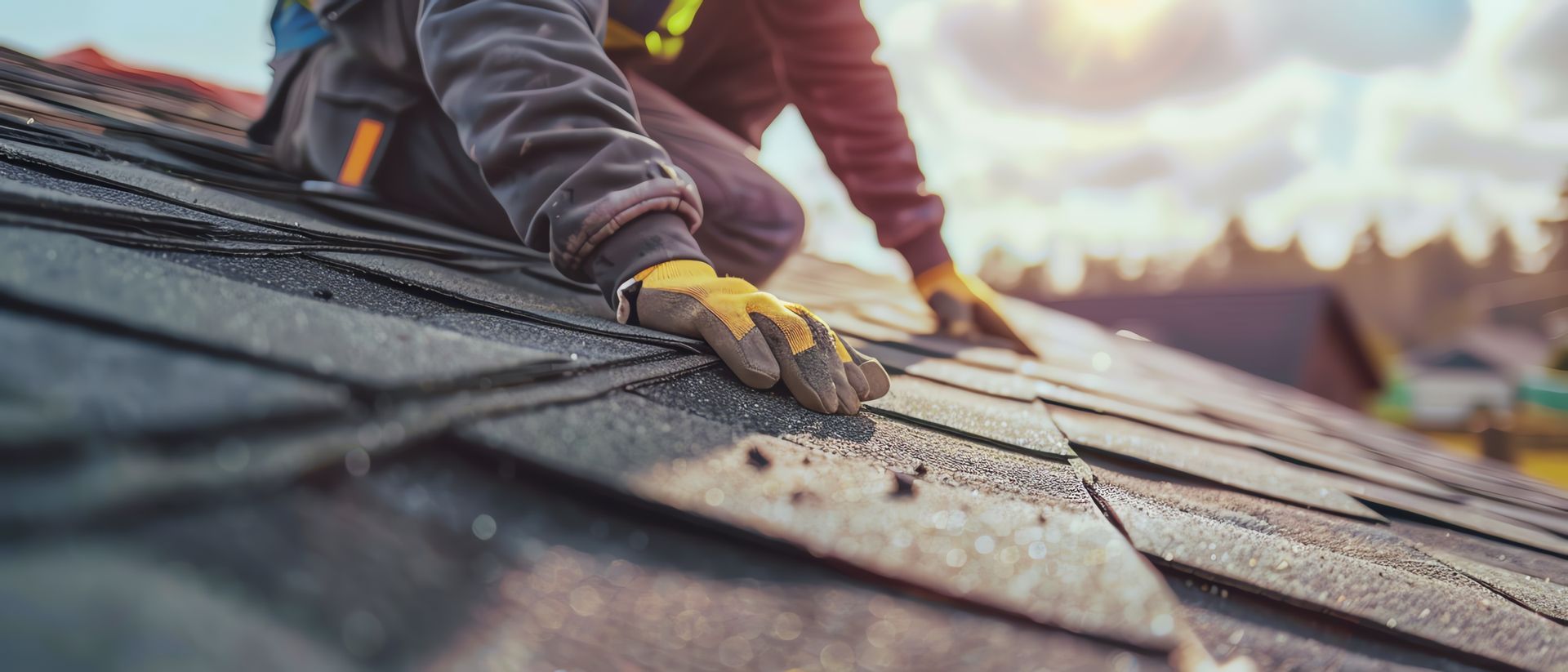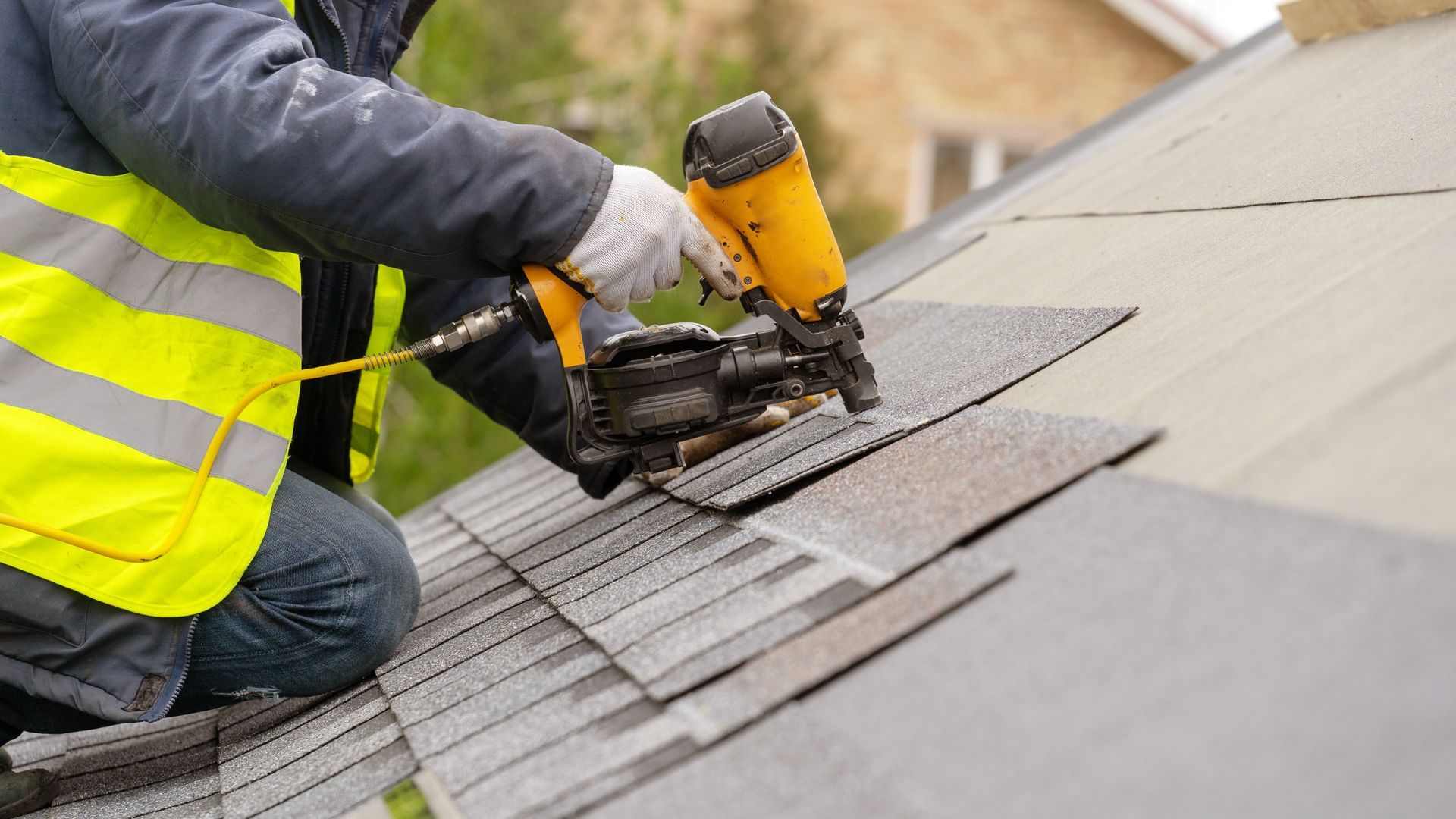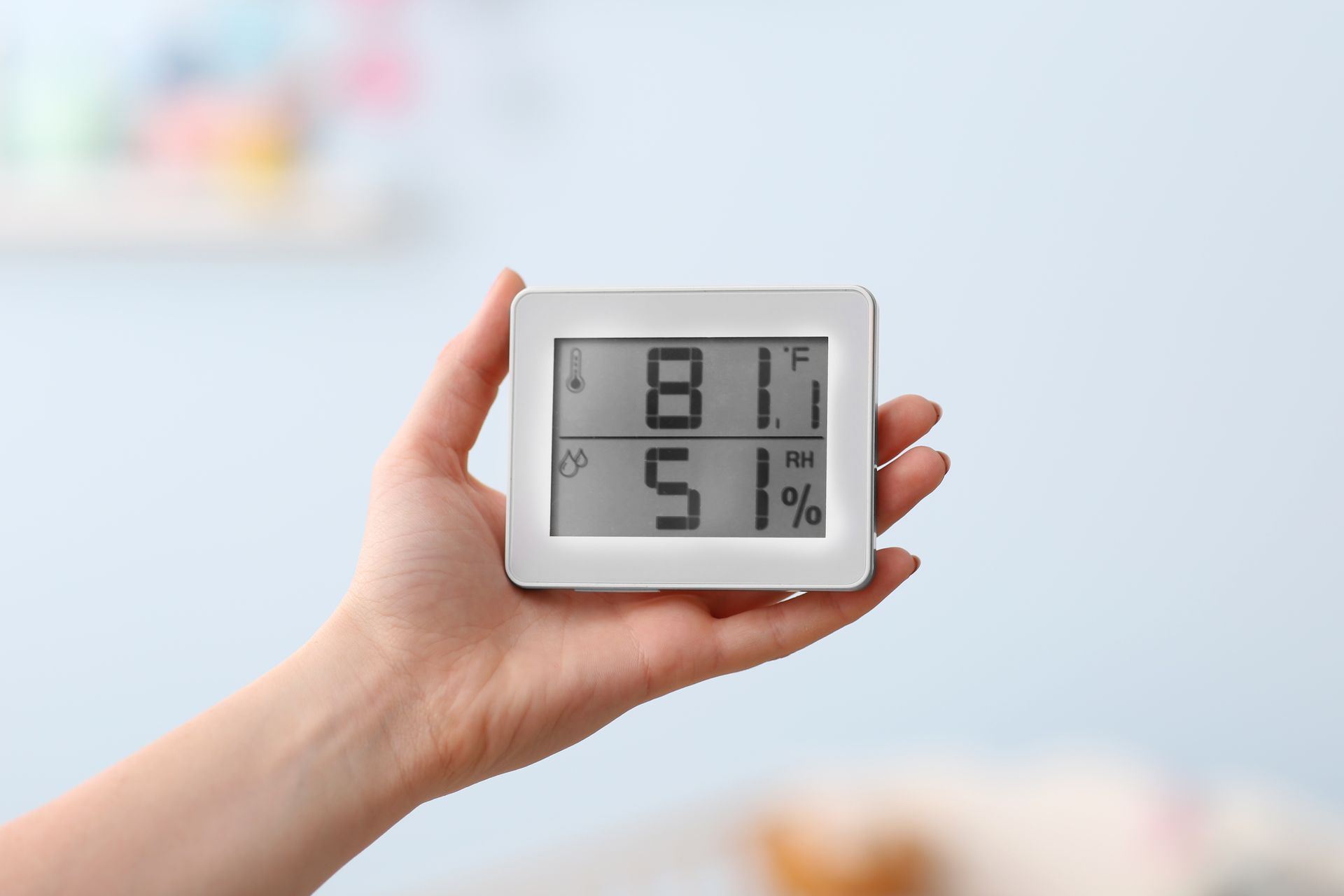call today, we'll be there tomorrow | (832) 702 0201
How Does the Age of a Roof Affect Insurance Claim Payments?
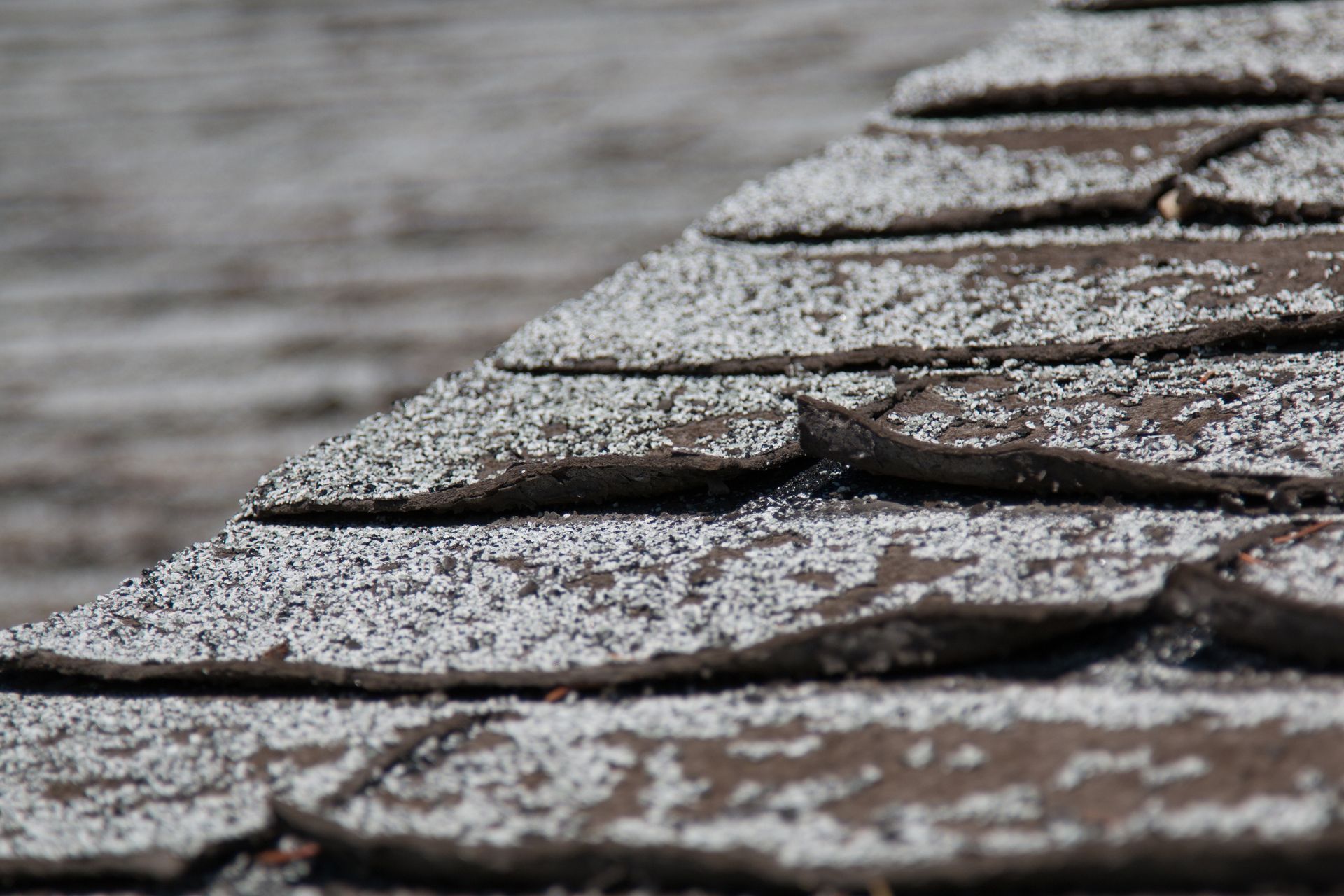
No roofing materials are permanent. Their ability to protect your home diminishes over time, and insurance policies often adjust to reflect this reduced reliability and the inevitable need for replacement.
Factors like depreciation, the switch from Replacement Cost Value (RCV) to Actual Cash Value (ACV), exclusions for older roofs and maintenance expectations can all impact claim payments if your roof is ever damaged.
Depreciation and Actual Cash Value (ACV)
One of the most significant ways an older roof impacts insurance claims is through depreciation. When your roof is new, insurance companies are more likely to provide Replacement Cost Value (RCV) coverage, meaning the claim payout covers the cost of repairing or replacing the roof with similar materials, without factoring in depreciation. This ensures you can restore your home to its original condition after wind damage, a hailstorm or some other covered peril.
However, as a roof ages, some policies switch to covering roofs on an Actual Cash Value (ACV) basis. ACV accounts for depreciation, which reduces the claim payout based on the roof’s age and condition. For example:
- If your roof has an expected lifespan of 20 years and is already 15 years old, it has only 25% of its lifespan remaining. In this scenario, the insurer might cover just 25% of the replacement cost, leaving you to cover the rest.
This switch to ACV is a common policy adjustment for roofs reaching 15 to 20 years of age, although some policies do offer RCV coverage for older roofs at the cost of higher premiums.
Homeowners must plan for this potential gap in coverage to avoid unexpected financial burdens during a claim. If you’re not sure whether your policy has RCV or ACV coverage, or when/if that switch occurs, you should contact your insurer or look up the information in your policy declarations page.
Exclusions or Denied Claims for Older Roofs
Insurance companies may exclude coverage for roofs that are beyond their expected lifespan or in poor condition. For example, if your roof is 20+ years old and has visible wear or damage from neglect, your policy might deny claims for leaks, storm damage or other issues.
Even when coverage isn’t outright denied, older roofs may face stricter scrutiny. Insurers might demand proof of regular maintenance or require a professional inspection before approving a claim. If the roof is deemed unrepairable due to age or neglect, a claim could be significantly limited or declined.
Higher Deductibles for Aging Roofs
In addition to reduced payouts, some policies may impose higher deductibles for older roofs due to the increased risk for damage. This means that homeowners must pay a larger share of repair or replacement costs out-of-pocket. For instance, while newer roofs may have a flat deductible, older roofs might require a percentage-based deductible tied to the home’s insured value.
Higher deductibles are the insurer’s way of mitigating risk for a roof that is more likely to fail during severe weather events or from general wear and tear. While this approach reduces premiums, it can leave homeowners with substantial financial obligations when filing a claim.
Maintenance Expectations
Regular maintenance is essential for preserving your roof’s condition and for insurance coverage. Insurers expect homeowners to take steps to prevent damage, such as clearing debris, fixing minor issues promptly and conducting routine inspections.
If a claim is filed on an older roof showing clear signs of neglect—like missing shingles, interior water damage from roof leaks or mold—insurers may reduce the payout or deny the claim altogether. By keeping your roof well-maintained and documenting repairs, you can improve your chances of a successful claim, regardless of the roof’s age.
Steps Homeowners Can Take to Mitigate the Impact of an Aging Roof
- Invest in Regular Maintenance: Schedule annual roof inspections and promptly address any issues. This demonstrates care and helps prolong the lifespan of your roof.
- Consider Roof Replacement: If your roof is nearing the end of its lifespan, replacing it proactively can help secure better insurance terms and avoid costly out-of-pocket repairs.
- Upgrade Materials: When replacing your roof, opt for durable materials like metal or architectural shingles. Some insurers offer discounts for roofs made of resilient materials.
- Review Your Policy: Work with your insurer to understand how your roof’s age impacts your coverage and whether you need endorsements for added protection.
- Shop Around: Different insurers handle older roofs differently. Comparing policies can help you find one that offers better terms for your specific situation.
Protect Your Home in The Woodlands With High-Quality Roofing
The age of your roof is a crucial factor in your home’s insurance coverage. At Perkins Roofing, we specialize in roof inspections, repairs and replacements that not only protect your home but also ensure you maintain favorable insurance terms.
Contact us at Perkins Roofing today for a free consultation. Call (832) 702-0201 and take the first step toward a stronger, more secure roof.
LET'S GET YOU TAKEN CARE OF
OUR CUSTOMERS ARE OUR NEIGHBORS.
Contact Us
We will get back to you as soon as possible
Please try again later
our services
WHERE TO FIND US
45 Cascade Springs Place
The Woodlands, TX 77381
All Rights Reserved | Perkins Roofing
Privacy Policy | Powered by REV77 Digital Marketing Agency
